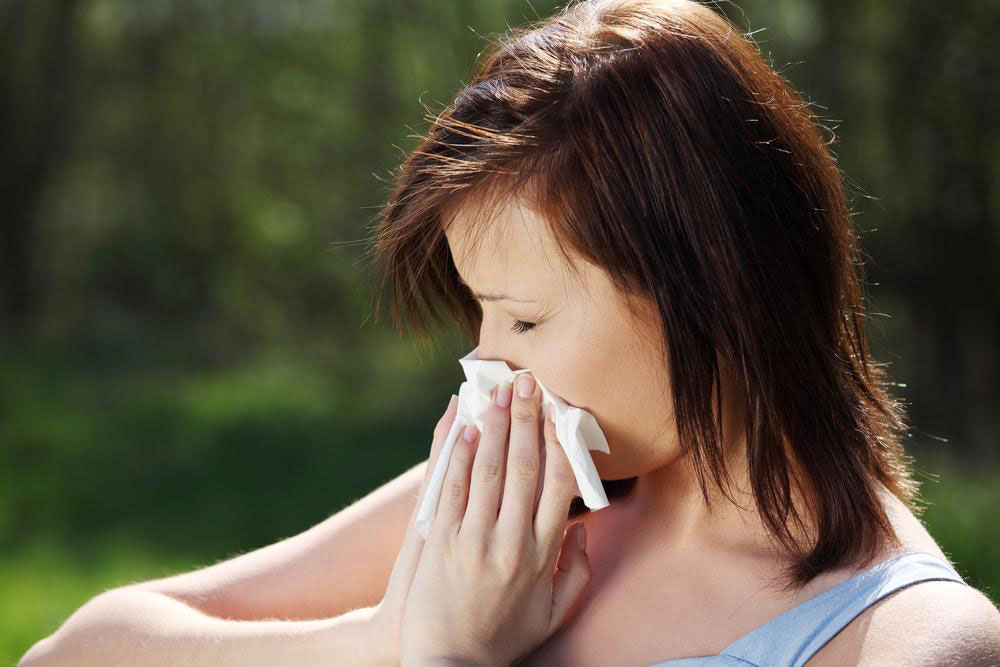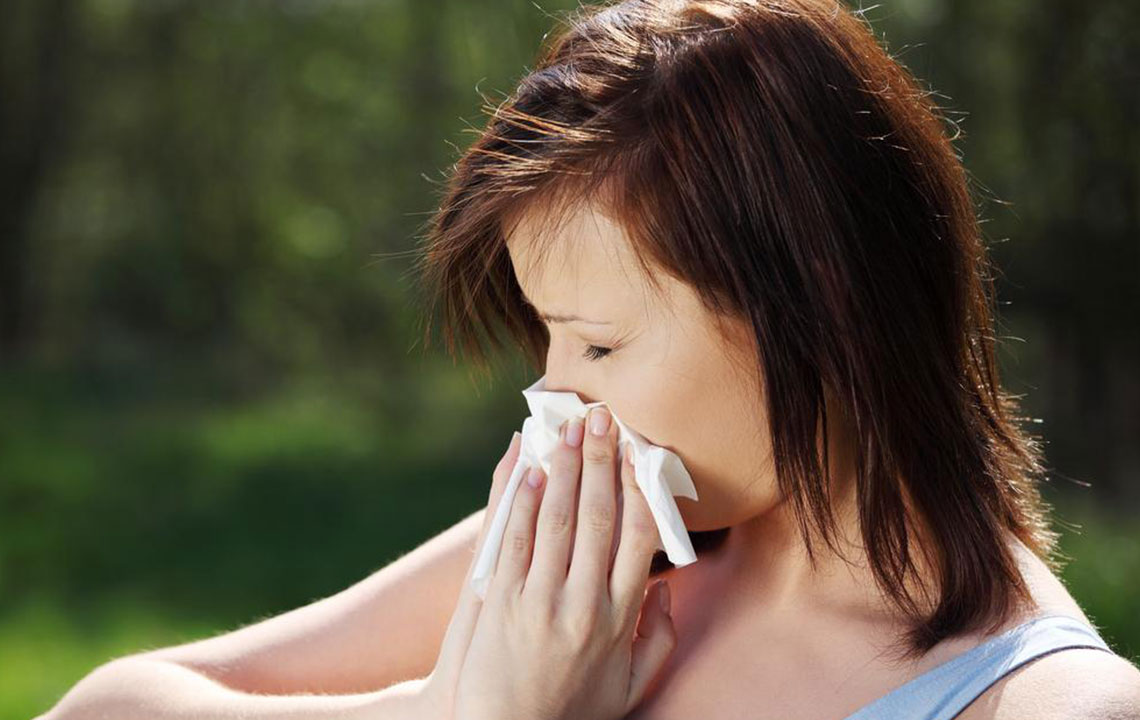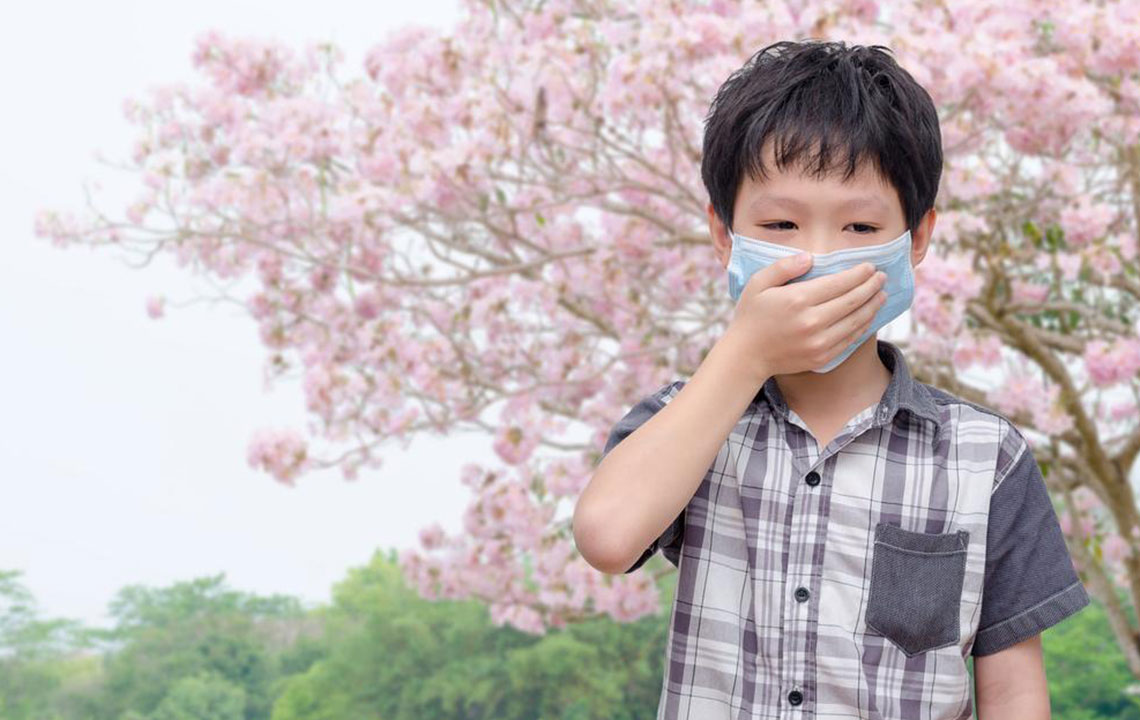Guide to Managing Dust Mite Allergies: Symptoms and Prevention Strategies
Learn key symptoms and effective prevention tips for dust mite allergies. Understand how these tiny organisms impact respiratory health and how to create a cleaner, healthier living environment to minimize allergic reactions.

Understanding Dust Mite Allergies: Symptoms and Prevention Tips
Dust mites are microscopic creatures from the tick and spider family that flourish in warm, moist environments. They are commonly found in bedding, upholstery, carpets, and stuffed toys within homes. Exposure to these mites can cause allergic reactions, resulting in symptoms such as nasal congestion, sneezing, itchy and watery eyes, and breathing difficulties. Long-term exposure may lead to asthma or sinus infections. Since dust mites feed on skin flakes shed by humans, even clean spaces can harbor them. Approximately 20 million people are affected by dust mite allergies, which activate immune responses and cause discomfort.
Signs of dust mite allergy include:
Sneezing
Runny nose
Itchy, watery, red eyes
Nasal congestion
Postnasal drip
Cough and chest tightness
Nose rubbing, common in children
Facial swelling under the eyes
Without treatment, these allergies can lead to breathing issues, chest pain, wheezing, sleep disturbances, and persistent cough. Mild symptoms often mimic a cold; however, severe or ongoing symptoms should be evaluated by a healthcare professional. Prevention methods include using dust-mite-proof covers, washing bedding regularly in hot water, cleaning stuffed toys, and lowering indoor humidity. Protect yourself from dust mites to reduce allergy symptoms and prevent complications like asthma.


